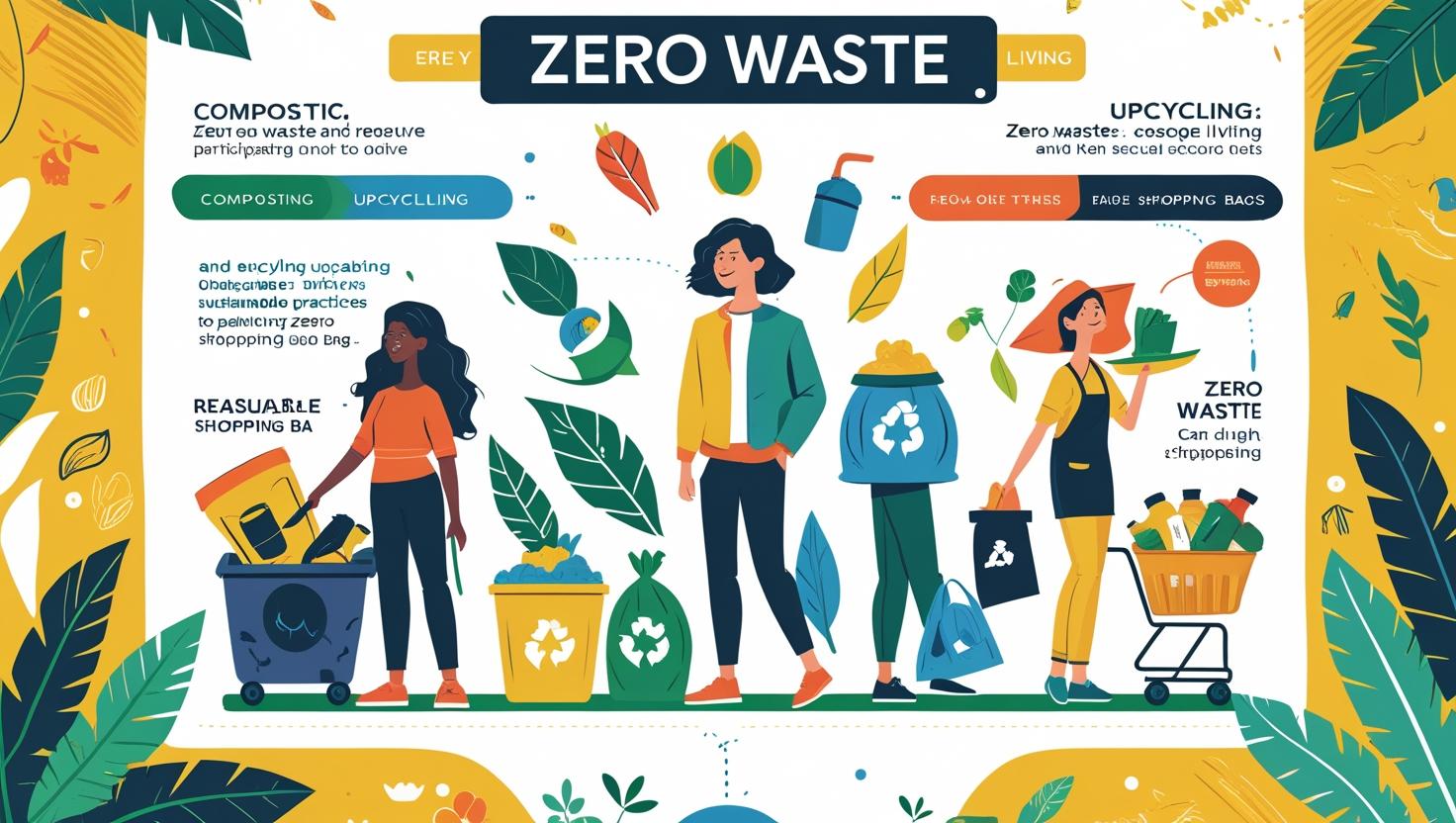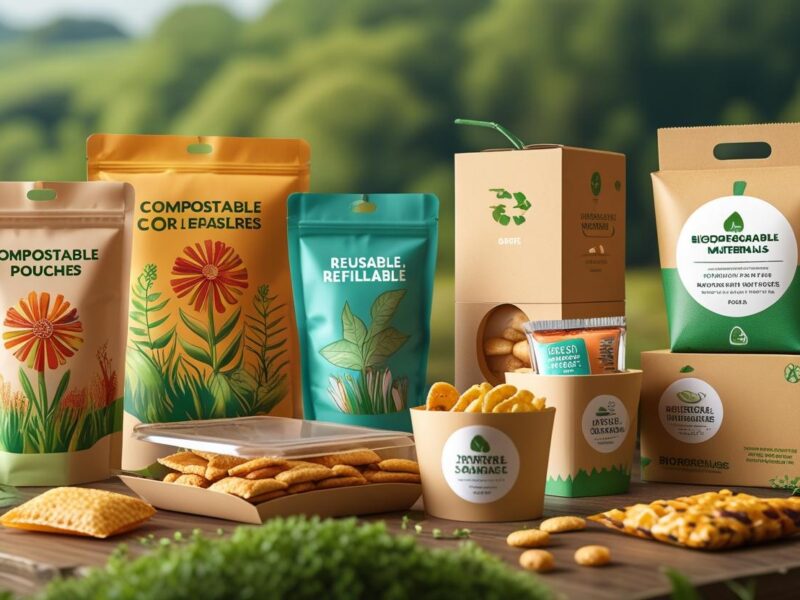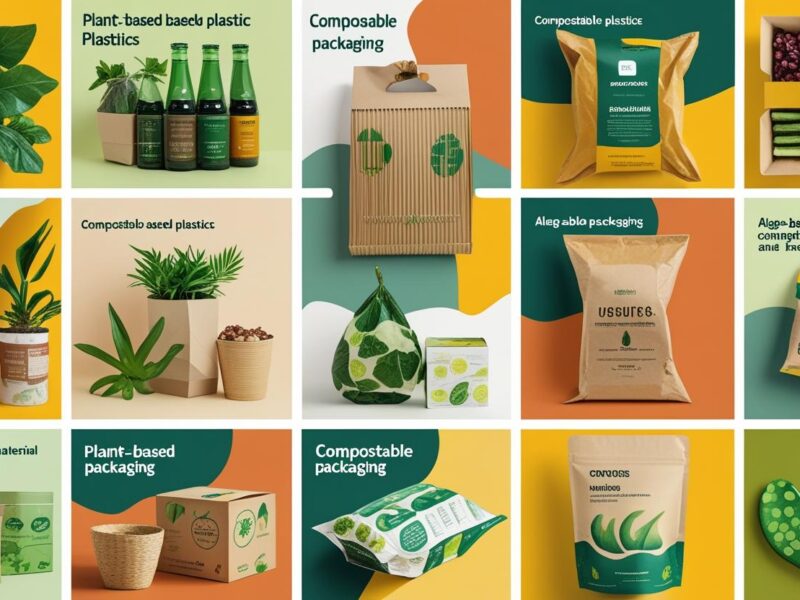Discover what is zero waste, why it matters, and how to start a practical, planet-saving lifestyle that slashes trash and boosts sustainability.

The Essence of Zero Waste Living
Zero waste living aims to eliminate trash at its source, not just manage it at the landfill. You design your life so that every product you buy, use, and discard returns safely to nature or industry without harming people or the planet. The goal? Send absolutely nothing to incinerators or landfills.
Origins of the Movement
The modern zero-waste concept gained traction in the 1990s when the Zero Waste International Alliance coined the term and set guiding principles. Activists, municipalities like San Francisco, and businesses such as Patagonia proved that designing out waste saves money while safeguarding ecosystems.
Defining Zero Waste – More Than Recycling
Many people equate zero waste with recycling. In truth, recycling sits near the end of the hierarchy. You first refuse unnecessary items, reduce consumption, reuse durable goods, and rot organics. Only truly unavoidable materials reach the recycling bin.

Why Zero Waste Matters Today
Our throwaway culture extracts finite resources, pollutes air and water, and drives climate change. Zero waste flips the script by turning the linear “take-make-discard” model into a restorative loop.
Environmental Impact of Trash
Each item you toss represents raw materials, energy, and water. Global waste will soar to 3.4 billion tons by 2050 if we continue business as usual (World Bank). Zero waste tackles several urgent crises:
Climate Change and Waste Links
- Landfills generate methane, a greenhouse gas 28 times more potent than CO₂ over a century.
- Producing single-use plastics pumps carbon emissions at every stage—from oil extraction to incineration.
Ocean Pollution and Wildlife
Over 11 million tons of plastic flood oceans annually. Turtles mistake bags for jellyfish, seabirds ingest microplastics, and coral reefs suffocate under debris. Zero-waste habits curb this tide.
Economic and Social Benefits
- Lower household bills: Buying fewer disposables frees cash for experiences or savings.
- Job creation: Repair, refill, and compost services demand skilled labor, often at local small businesses.
- Community well-being: Cleaner streets, healthier air, and stronger social bonds form around sharing libraries, swap events, and farmer’s markets.
Core Principles – The Five Rs Reinvented
Zero waste thrives on five core actions. Master them, and your trash can shrinks to a jar.
Refuse – Block Waste at the Door
Say “no” to freebies, junk mail, and excessive packaging. When you decline disposable cutlery or marketing swag, you signal demand for smarter alternatives.
Reduce – Choose Quality Over Quantity
Prioritize multi-functional, long-lasting items. A single stainless-steel water bottle can replace hundreds of plastic ones every year.
Reuse – Give Products a Longer Life
- Borrow tools from a neighborhood library of things.
- Repair electronics with iFixit guides.
- Upcycle glass jars into bulk-food containers.
Recycle – Close the Loop Responsibly
Check municipal rules, rinse containers, and avoid wish-cycling. Resources like the U.S. EPA recycling portal list accepted materials.
Rot – Turn Scraps into Soil
Compost fruit peels, coffee grounds, and yard waste. Even apartment dwellers can use bokashi buckets or community drop-off sites; see your city’s zero-waste map.

Practical Steps to Start a Zero Waste Journey
You don’t need perfection on day one. Start small, stay consistent, and celebrate wins.
Audit Your Waste
Track a week of trash. Identify biggest categories—often food packaging, paper towels, or coffee cups. Tackle one hotspot at a time.
Build a Reusable Kit
Pack essential swaps in your bag or car:
- Water bottle and insulated mug
- Foldable tote bags
- Bamboo cutlery and stainless straw
- Cloth napkin
Shop Package-Free
Visit bulk stores, farmer’s markets, or refill stations. Bring your own containers, weigh them empty (tare), then fill with grains, oils, or detergents.
Handle Food Smartly
- Plan meals, stick to shopping lists, and store produce properly.
- Freeze leftovers before they spoil.
- Turn vegetable scraps into broth and stale bread into croutons.
Advanced Strategies for Zero Waste Warriors
Ready to level up? Move beyond household swaps into systemic change.
DIY Personal Care and Cleaning Products
Whip up toothpaste from baking soda, coconut oil, and peppermint. Mix vinegar, citrus peels, and water for an all-purpose cleaner that costs pennies and avoids toxic chemicals.
Community Engagement and Advocacy
- Host a repair café to teach mending skills.
- Lobby local officials for curbside composting and plastic-free ordinances.
- Support businesses with cradle-to-cradle certifications; boycott wasteful brands.

Common Myths and How to Overcome Them
| Myth | Reality |
|---|---|
| Zero waste costs more | Up-front investments pay off quickly and reduce ongoing expenses |
| It’s only for urban dwellers | Rural residents compost easily and grow food locally |
| Recycling alone solves waste | Recycling addresses a fraction of materials and depends on markets |
| You must fit trash in a jar | Progress over perfection; every action counts |
Measuring Success – Tools and Metrics
- Waste-diversion rate: Percentage of discards diverted from landfill.
- Carbon footprint apps: Track emissions reductions from waste cuts.
- Monthly spend on disposables: Watch savings grow.
- Community impact: Volunteer hours, educational workshops, policy wins.
Free tools like Zero Waste Home’s calculator help quantify progress and keep motivation high.
Frequently Asked Questions
How do I start zero waste on a tight budget?
Begin with free swaps: refuse extras, use jars you already own, and repair instead of replacing.
Can families with children practice zero waste?
Yes. Choose cloth diapers, secondhand toys, and involve kids in sorting compost. Make it a fun game.
Is composting possible in apartments?
Absolutely. Try bokashi, electric countertop composters, or join a local food-scrap pickup service.
What are easy zero-waste swaps for the workplace?
Bring a lunch box, fountain pen, and cloth towel. Advocate for filtered water and dish-washing stations.
Where can I learn more about zero-waste communities?
Check the Zero Waste Cities network or local social-media groups for meet-ups and resources.
Conclusion – Your Next Sustainable Step
Zero waste living transforms daily habits into powerful climate action. Each reusable bag, repaired appliance, and composted peel reduces pollution, conserves resources, and builds resilient communities. Start with a single swap today—brew coffee in a French press, skip the plastic lid, or host a neighborhood swap. Share your journey, inspire others, and watch the ripple effect multiply.
Explore deeper guides on home composting and low-waste shopping tips, and keep challenging manufacturers and policymakers to design waste out of the system. The planet needs your voice—and your empty trash can.


